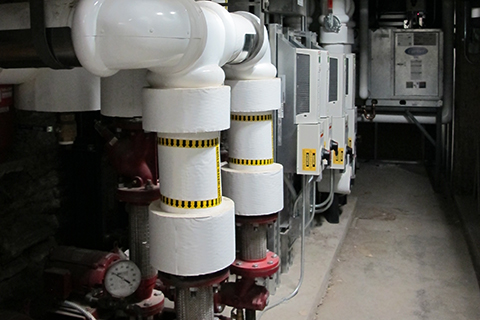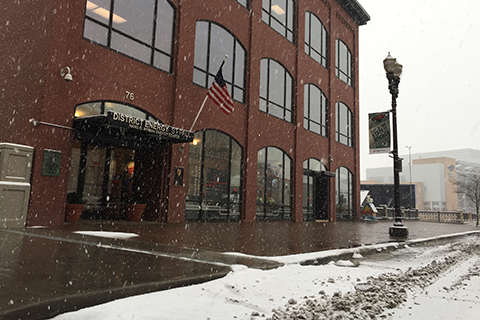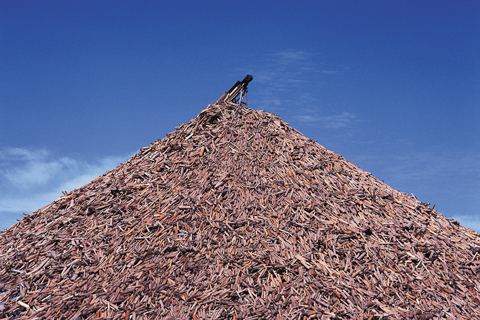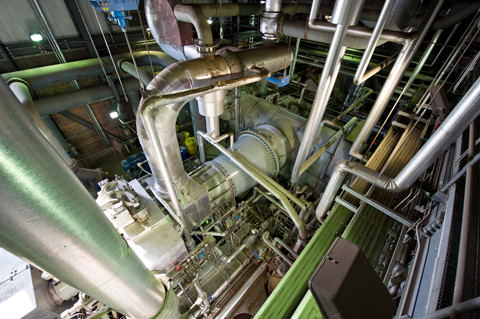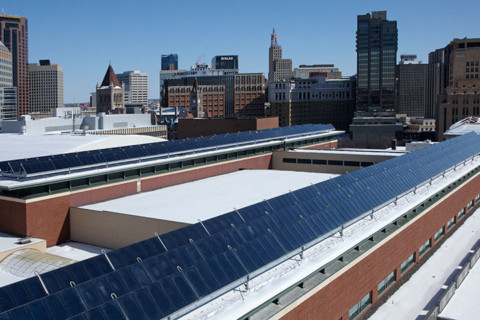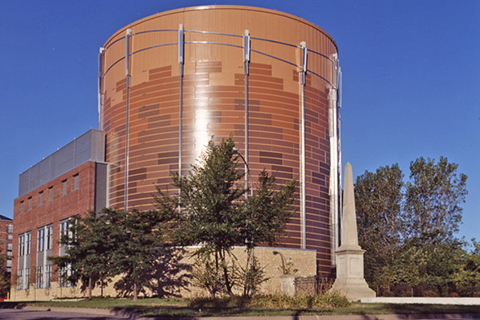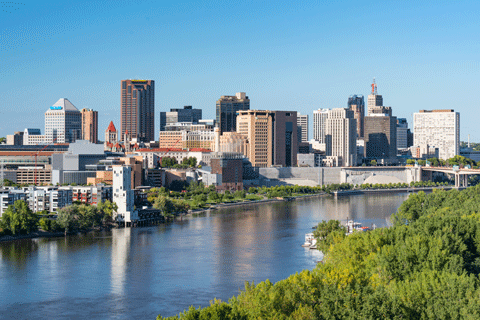The hot water system provides energy for customers to heat interior spaces, heat domestic hot water, melt snow on pavement, and for industrial processes. The chilled water system provides energy for customers to cool interior spaces, restaurant refrigeration, industrial processing, as well as providing primary data center cooling (when paired with proper backup).
District energy systems produce hot water, steam, or chilled water at a central plant or satellite plants and then distribute the energy through a network of underground pipes to connected buildings. At the building’s mechanical interface, energy is transferred through a heat exchanger to the building’s hydronic loop. Once a customer building takes the energy it requires, the water is returned to the central plant to be heated or cooled to the desired supply temperature and then recirculated through the closed-loop network. Buildings connected to a district energy system do not need to own and operate boilers, chillers, water heaters, and cooling towers.

